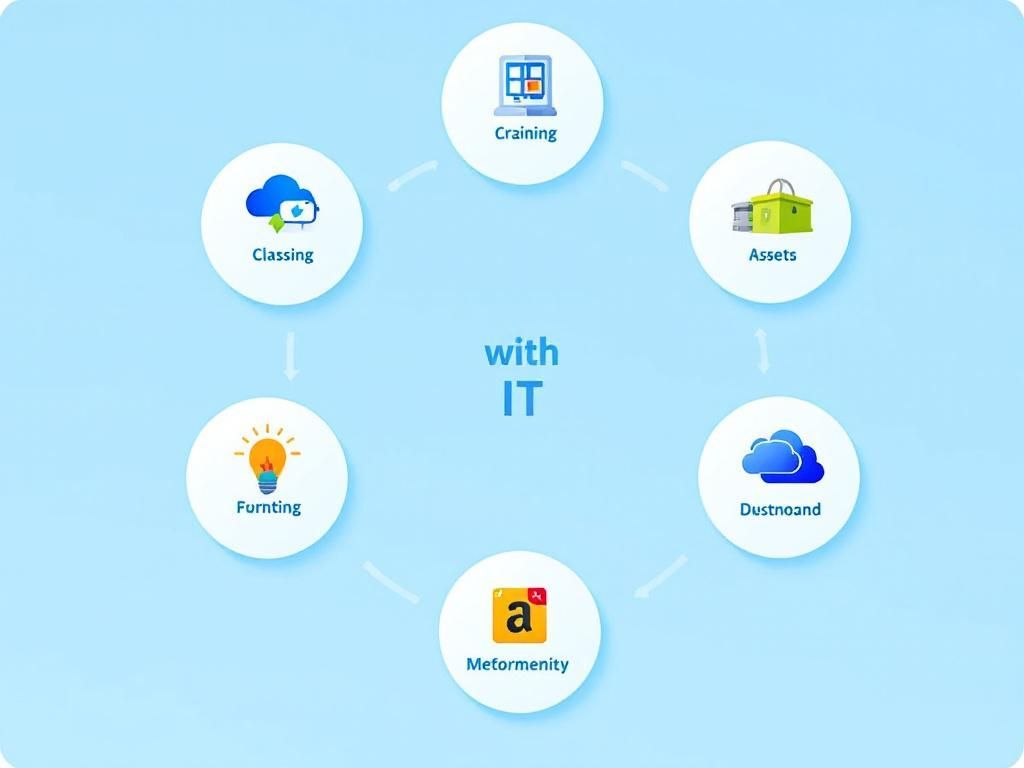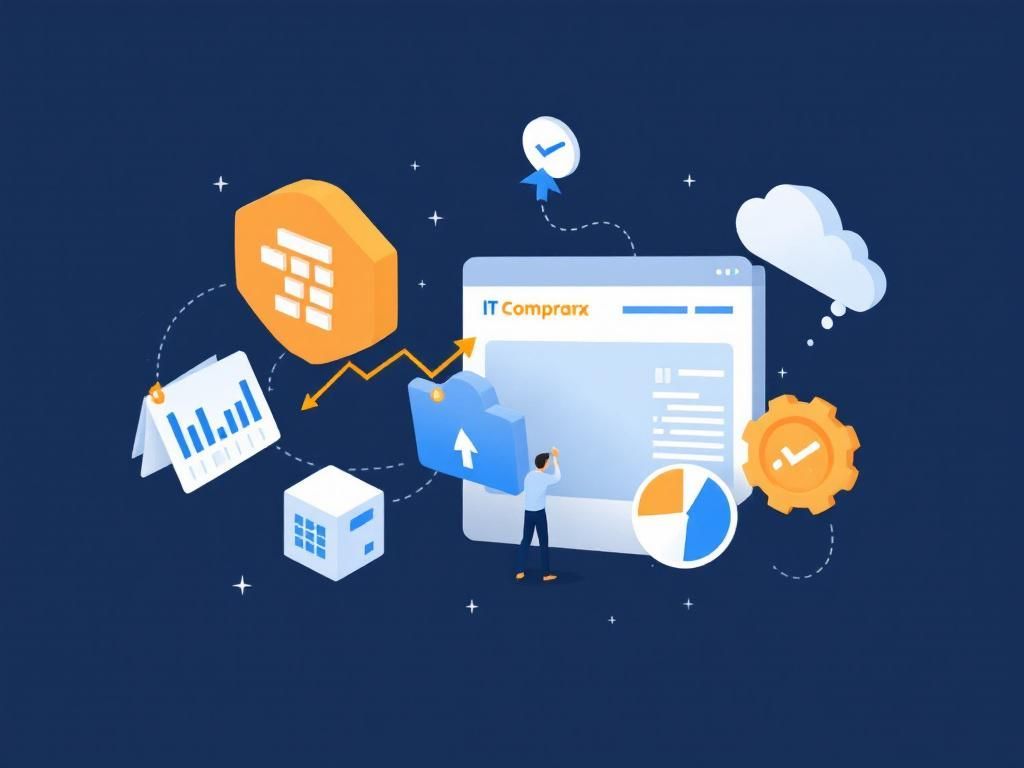Smart IT Budget Planning for Growing Companies
Discover effective strategies for smart IT budget planning that can help growing companies optimize costs and enhance technology investments.

In today’s fast-paced digital landscape, effective IT budget planning is crucial for companies looking to grow and scale. As technology evolves, so do the needs of businesses, necessitating a strategic approach to financial planning in IT. This article will explore innovative techniques and best practices for smart IT budget planning that can enable growing companies to maximize their resources while minimizing waste.
Table of Contents
The Importance of IT Budget Planning
Understanding the significance of IT budget planning is fundamental for any growing company. An effective budget not only reflects the financial health of the IT department but also aligns technology expenditures with broader business objectives.
Benefits of Effective IT Budget Planning:
- Ensures alignment with business goals
- Facilitates informed decision-making
- Helps in resource allocation
- Identifies potential cost savings
- Supports strategic investments in technology
Key Components of IT Budget Planning
When developing an IT budget, several key components must be taken into account to ensure a comprehensive overview of the projected financial landscape.
1. Assess Current IT Expenditures
Begin by analyzing your current spending. This includes:
- Hardware costs
- Software licensing
- Maintenance and support
- Staff salaries and training
- Cloud services
Understanding where your money goes will help identify areas of overspending and opportunities for cost optimization.
2. Forecast Future IT Needs
Next, forecast future needs based on company growth projections. Consider the following factors:
- Projected employee growth
- Anticipated software upgrades
- Increased data storage requirements
- Potential expansion into new markets
3. Categorize IT Expenses
Organizing expenses into categories can improve clarity and tracking. Common categories include:
| Category | Description |
|---|---|
| Operational Costs | Day-to-day expenses required to maintain IT functions |
| Capital Expenditures | Long-term investments such as hardware purchases |
| Project Costs | Costs associated with specific IT projects |
Strategies for Smart IT Budget Planning
With the key components in mind, consider these strategies for crafting a smart IT budget that supports growth.
1. Embrace Cloud Solutions
Cloud computing presents an opportunity for scalability without the burden of heavy upfront investments. Consider the following benefits:
- Flexible pricing models
- Reduced IT infrastructure costs
- Enhanced collaboration tools
- Automatic updates and maintenance
2. Monitor Usage and Performance
Implementing tools to track IT usage and performance metrics can inform better budgeting decisions. Use KPIs to measure:
- Return on IT investments
- User satisfaction
- System uptime
- Support ticket resolutions
3. Foster Cross-Department Collaboration
Involve various departments when planning your IT budget. This ensures that technology investments meet the diverse needs across the organization. Consider establishing:
- Regular cross-department meetings
- Shared goals and objectives
- Feedback mechanisms
Common Pitfalls in IT Budget Planning
Avoiding common pitfalls can significantly improve the effectiveness of your IT budget. Here are a few to be aware of:
1. Underestimating Costs
Neglecting to account for hidden costs can derail your budget. Always include:
- Training expenses
- Software integration costs
- Maintenance fees
2. Failing to Adjust for Change
Technology and business conditions change rapidly, and budgets should be flexible. Regularly revisit and adjust your budget based on:
- New business strategies
- Technological advancements
- Market conditions
3. Ignoring Security Expenses
With cyber threats on the rise, neglecting cybersecurity budgets can have devastating consequences. Factor in:
- Security software
- Employee training on security best practices
- Incident response plans
Conclusion
Smart IT budget planning is an essential practice for growing companies aiming to leverage technology effectively. By understanding the importance of budgeting, identifying key components, implementing strategic approaches, and avoiding common pitfalls, businesses can create a robust IT budget that supports both current operations and future growth. As you embark on your budgeting journey, remember that flexibility and continuous monitoring are key to adapting to the ever-evolving tech landscape.
FAQ
What is IT budget planning and why is it important for growing companies?
IT budget planning involves allocating financial resources for technology and IT-related expenses. It’s crucial for growing companies to ensure they invest wisely in technology that supports their expansion and operational efficiency.
How can growing companies effectively forecast their IT budget?
Growing companies can forecast their IT budget by analyzing past spending, projecting future needs based on growth plans, and considering industry trends. Engaging stakeholders from different departments can also provide insights into technological requirements.
What are some key components of an IT budget for a growing business?
Key components of an IT budget for a growing business include hardware and software costs, cloud services, cybersecurity measures, IT staffing, training, and maintenance expenses.
How can a company prioritize IT investments within its budget?
A company can prioritize IT investments by assessing the potential return on investment (ROI), aligning technology initiatives with business goals, and addressing critical needs that support growth and operational efficiency.
What role does technology play in scaling a business?
Technology plays a vital role in scaling a business by automating processes, enhancing communication, improving customer experiences, and providing data insights that drive decision-making.
How can companies adjust their IT budgets in response to changing market conditions?
Companies can adjust their IT budgets by regularly reviewing financial performance, monitoring market trends, and being flexible in reallocating resources towards technologies that provide competitive advantages or cost savings.








